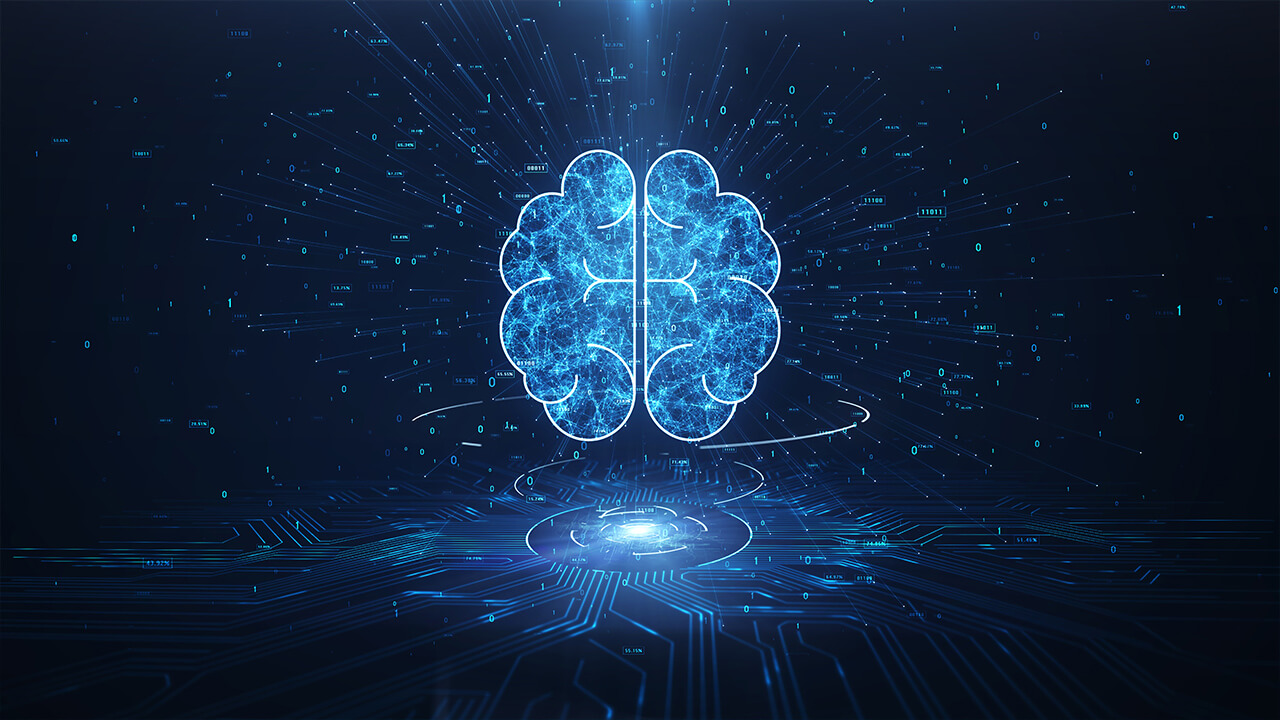Threat actors are evolving faster than IT security managers, as there are always new vectors for attackers to gain access to a company’s critical data and endpoints. The stats speak for themselves, with 69% of companies admitting they believe the security threats they see cannot be contained by their current anti-virus software.
In today’s world of cybersecurity, the sky’s the limit when it comes to how much action you can (and should) take in order to identify, prioritize and respond to cyber-threats. Threat intelligence is one of the few solutions out there that can effectively categorize cyberattacks, while also reinforcing your corporate cybersecurity posture.
As emerging technologies continue to develop faster than companies can adapt, the visibility and insight derived from security intelligence becomes a critical asset that helps to assure resilience and business continuity. Therefore, the lack of proper investment in a security intelligence platform, which detects, manages, and prioritizes the probability and impact of cyber-threats, your business could be left wrong-footed.
With threat actors beginning to rely on emerging technologies for speed, scalability, and precision of their attacks, a next-generation security intelligence platform with the ability to cross-correlate multi-domain endpoints puts the control of your cybersecurity health back into your hands, where it belongs.
Identifying Threat Origin and Why It Is Happening
The best threat detection tool provides real-time insight into the origin of a network traffic, including IP addresses, geographical locations, affected ports, etc., for swift decision making. When the origin of a suspicious network traffic is determined, IT Security teams are able to answer key questions, such as:
- Who is the threat actor? (Are they working alone or as part of an organized group?). Are they attacking from different locations, and targeting different ports on your network? Is their IP address dynamic between attacks? Your threat intelligence platform will tell you all of this information in a user-friendly summary, allowing your IT Security team to distinguish which threat actors are the most dangerous to your company’s data.
- What areas of your network are susceptible to a breach? The answer here is generally found by identifying where the majority of data traffic is being targeted (Indicators of Compromise, or IOCs for short). When this information is flagged, IT Security teams can generally find the root-cause of the problem, and begin to take the necessary steps to perform triaging.
- What is the motivation of the threat actor in carrying out the attack? According to a survey by Purplesec, the most common intentions of threat actors turned out to be: Identity theft 65%, account access 17%, financial access – 13%, nuisance – 4%, existential data – 1%. Let’s say your threat intelligence health scorecard uncovered a large collection of malicious spam emails, this could suggest a weakness of your team’s security awareness program. Threat actors are constantly utilizing email social engineering-related malware as an easy technique for gaining access to sensitive data within your company’s network.
- How skilled are the threat actor/s? This can be answered using threat intelligence insights, as detection warnings will be visible to security teams, and those that are the most severe will be prioritized for remediation. Any great security intelligence platform operating within emerging technology infrastructures, such as cloud computing environments, will break down captured network intelligence data into smaller chunks. Thus, allowing IT Security analysts to handpick the most severe threats in the order of severity and impact to your corporate infrastructure.
As technology is rapidly evolving, threat actors have trained themselves to access company data via undetected avenues, such as IoT (internet of things), where 61 per cent of companies surveyed said they had experienced a security incident in this area. Although IoT is one of the newer forms of technology used in the business world, many people do not give it the same security attention as mobile devices and other corporate endpoints.
As a result of such low security awareness ascribed to emerging technologies, threat actors tend to easily exploit said emerging technologies as prime attack surfaces because they are often linked to an area network (LANs and WANs). Luckily, a robust threat intelligence platform unifies every endpoint connected to your local network connection – when each endpoint is properly monitored, a clearer picture of an organization’s vulnerability spots are identified and protectively fortified in preparation against any cyberattacks.
What Happens After An Attack Origin Is Determined?
Security intelligence platforms in the era of emerging technologies provide both visibility, insight, and remediation across multiple domains of Information Technology. With the best threat detection and mitigation tools, there are actionable steps on how to remediate network security weaknesses for current and future attack scenarios.
It is a known fact that 95 per cent of all cyber attacks are caused by human error, but these human-centric errors almost never occur in the IT department. Therefore, this is a clear indication that threat actors tend to target the weakest link in your company, where security patches are non-existent and cybersecurity knowledge is limited.
By adhering to the network security health scorecard developed by security intelligence platforms as well as rigorously training employees to maintain good security hygiene (secure passwords, VPNs, not clicking suspicious emails etc), your organization will greatly shrink its attack surface.
Modernizing The Threat Detection and Response Process Using Emerging Technologies
As the number of compatible devices for the workplace increases, so does the demand for CIO/CTOs to implement more effective threat detection and response tools. Threat actors have, on the whole, grown out of the traditional ways of hacking – they now know how to lurk within your servers without being caught, persistent threats are one of many issues faced by IT departments today.
As a way to combat such threats, you should stay on top of your security measures by utilizing emerging technologies, some ideas are below:
- Automating as much of your threat detection methods as possible – If you are generating and analyzing data manually, you are going to be spending too much time doing so. Leveraging AI-powered threat intelligence is key in the world of emerging technologies, as the only way to keep threat actors at bay is to respond faster than they can find your attack surfaces.
- Such as is the case with most companies, remote working has become extremely popular. In the era of emerging technologies, the IoT (internet of things) makes it easier for you to monitor security events and threat detections from more than just your work PC/laptop. Now you can modernize the threat detection response process from devices like your mobile phone, smart TV, and smart speakers. In the event you are away from the office and you receive a threat intelligence alert, you can pick up on it immediately, instead of having to discover the damage has already been done the next morning.
- Robust threat intelligence should be operating in your cloud computing infrastructure too. Although cloud providers build the security measures within their network, it is still your job as a CIO/CTO to make use of threat intelligence to find which open ports threat actors are persisting around, as well as creating alerts for any unusual account activity on an IP address not normally associated with your organization. Cloud computing can be used remotely, so you must have a threat detection & response tool that detects any activity outside of your network, even if your own IP address changes every time you access your cloud applications and data.
By responding to the grey area of technology quickly, you’ll find that persistent and immediate threats can be tackled early, without the risk of your data being compromised. Automation is key for your threat detection, so only use your IT teams for monitoring the most important data sets, that way, the most severe threats are tackled first. Any less serious threats can be alerted to you remotely, where you can take any necessary steps to respond to a threat actor’s activity.
Conclusion
As digital transformation continues to impact every industry, the average organization expands its attack surface thus, making it possible for threat actors to gain a persistent foothold on a corporate network. In fact, evolving technology presents the greatest risk to both small and large organizations, and only a unified approach to cybersecurity can mitigate the threats associated with a dynamic computing environment.
Therefore, it is important that your organization is not singularly reliant on human instinct alone when it comes to managing threat detection and mitigation. While emerging technologies are being integrated within corporate infrastructures and great amounts of data are being transported across the corporate network, it becomes critical to engage a security intelligence platform to help monitor network traffic, locate connected endpoints, and provide a full-scope analysis of the security health of a corporate infrastructure – this level of comprehensive visibility ensures that cyberattack trends and patterns are discovered and exploits are halted ahead of time.





